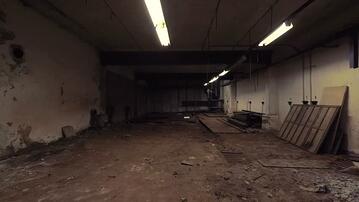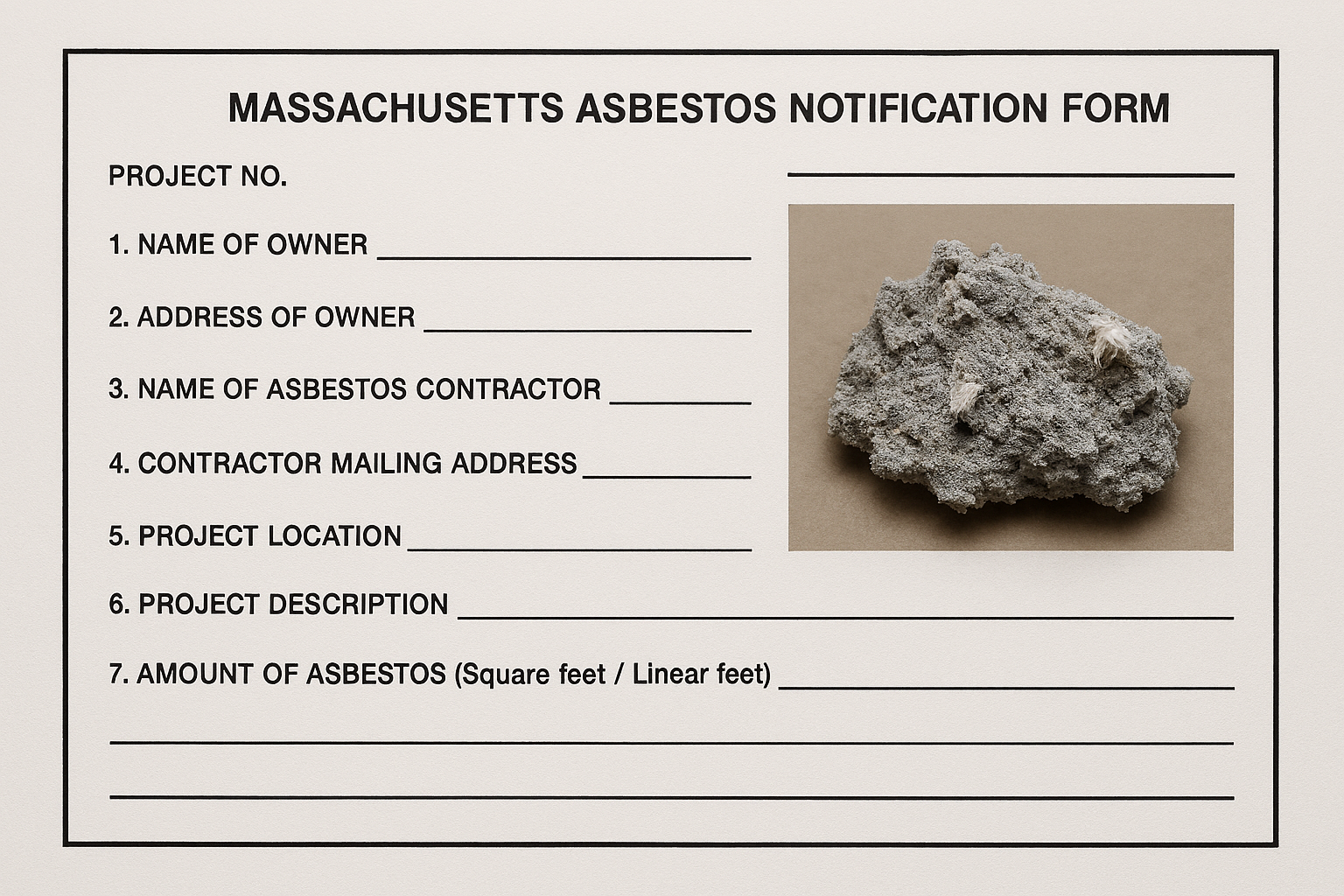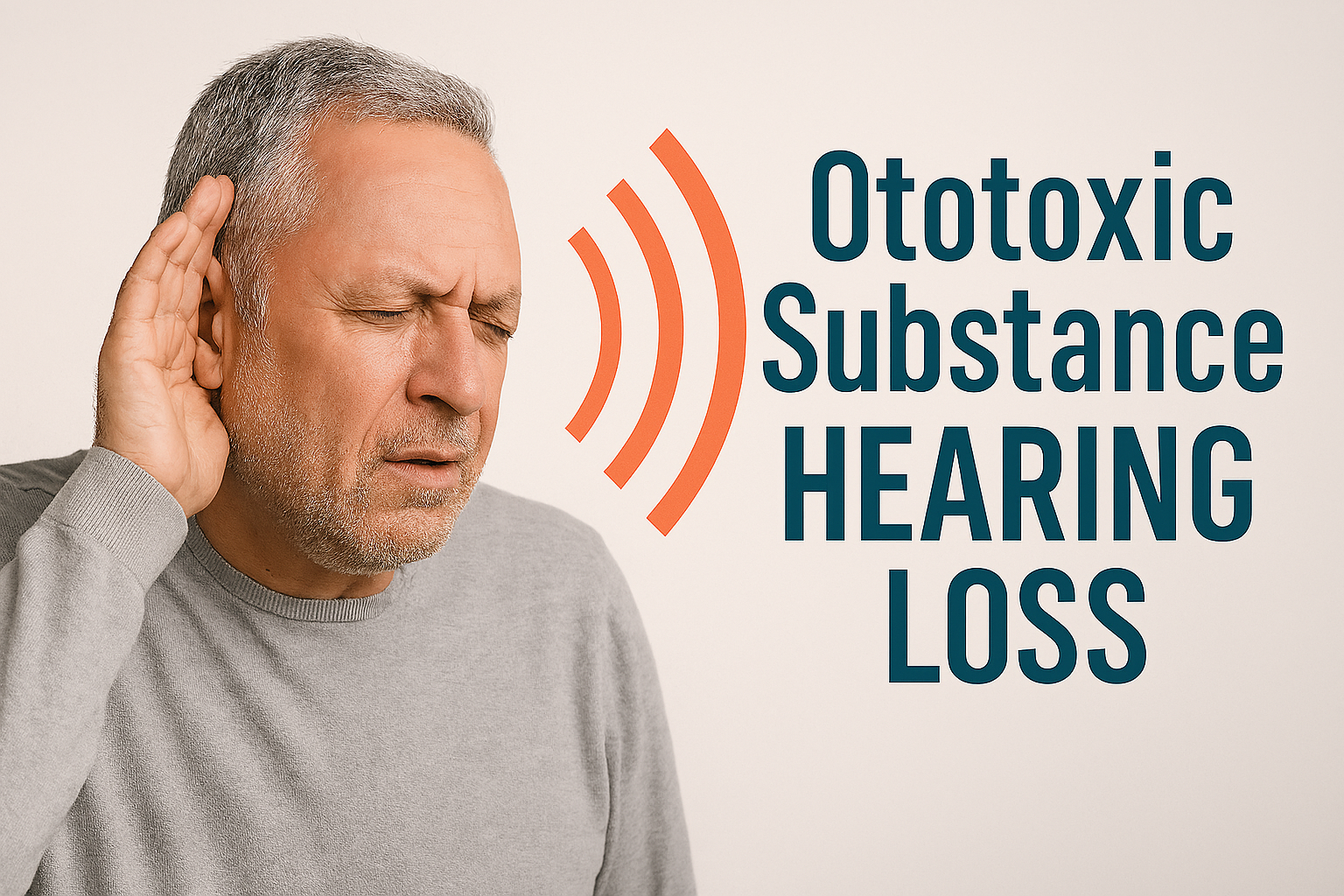Imagine that you suspect that asbestos containing building materials may have been removed inappropriately sometime in the past. Understandably, you may wish to determine whether the settled dust in the building contains elevated levels of asbestos fibers – fibers which could potentially be made airborne if disturbed. Sampling for asbestos in dust in indeed a possibility – there is even an official protocol for the procedure developed by the American Society for Testing and Materials (ASTM), and any accredited asbestos laboratory can easily perform the analysis. Unfortunately, the prospect, at least in most situations, is not a possibility.
Cashins & Associates : Resources
ASBESTOS IN DUST SAMPLING: A USEFUL TEST THAT’S IMPOSSIBLE TO PERFORM
The problem is that, whereas there are regulatory upper limits for asbestos fibers in air, there are none for asbestos in settled dust. Following asbestos abatement projects, asbestos fiber concentrations in the air must be below 0.01 fibers per cubic centimeter of air. Following an abatement project in a school, the AHERA upper limit is 70 structures per cubic centimeter of air as analyzed via Transmission Electron Microscopy. In addition, OSHA has a Permissible Exposure Limit of 0.1 fibers per cubic centimeter of air for workers over and eight-hour shift. Thus, a certain number of fibers are allowed in the indoor environment in virtually all situations. The problem is – what to do when the dust has settled and is no longer airborne? Unfortunately, there isn’t a viable solution.
As it currently stands in Massachusetts, if any asbestos is discovered in a dust sample, the area is considered contaminated. Firstly, this makes absolutely no sense. If a certain number of fibers are allowed in the air, how can there not be an allowable concentration of asbestos in settled dust? Why is it acceptable to have asbestos in the breathing zone of a school but not in the corner of an uncleaned basement? Why are the fibers acceptable when they are in the air, but unacceptable once they land? This makes absolutely no sense, especially when considering the fact that many studies have shown that samples taken in almost any building will contain some asbestos.1,2
In addition to making no sense, it actually robs the public of a useful test that could reduce potential exposure. As it currently stands, the building owner must fully decontaminate areas where asbestos is detected in settled dust. Since sampling for asbestos in dust is not required by regulation, why would any building owner ever go through with it? Similarly, schools are not able to determine potential historical contamination events, since the consequences would most likely be financially disastrous. How would a school system be able to shoulder the financial burden of decontaminating entire school buildings? One could always perform air sampling, but this does not address the problem of asbestos in settled dust. Thus, there remains no viable option for determining historical contamination within a building. And that’s unfortunate.
It is not as if the idea of an upper limit of asbestos in settled dust is impossible or even unprecedented.
In the wake of the collapse of the World Trade Center towers on September 11, 2001, the US EPA organized a panel of experts to weigh in on appropriate methods for determining the need for asbestos decontamination in buildings. The final results were compiled in a document entitled “WORLD TRADE CENTER INDOOR DUST TEST AND CLEAN PROGRAM PLAN,” and dated November, 2005. This document refers to results of studies performed by James Millette and Steven Hayes published in their book Settled Asbestos Dust Sampling and Analysis. It also references the EPA action level established by the EPA for triggering a cleanup in a residential dwelling in Libby, Montana, which had experienced extensive asbestos contamination. After considering available information and seeking guidance from scientists and industry experts, the EPA established a benchmark of 5,000 asbestos structures per square centimeter for asbestos in settled dust. This means that samples containing fewer than 5,000 S/cm2 would be below the action level.
It is truly unfortunate that regulatory agencies simply do not allow for sampling of asbestos dust. We have the methodology, we have the technology, and we have the precedent of successful application of upper limits in certain situations. Why take away such a potentially useful tool to ascertain historical contamination? It is high time that regulatory agencies invest the time, money, and effort into establishing upper limits to asbestos in dust so that these tools at our disposal can be better used to protect workers, occupants, and the public at large.
- Crankshaw, Owen. Perkins, Robert, Beard, Michael. “An Overview of Settled Dust Analytical Methods and their Relative Effectiveness” in Beard, M.E. and Rook, H.L., Advances in Environmental Measurement Methods for Asbestos, ASTM STP 1342, American Society for Testing and Materials, Philadelphia, 2000, p. 360.
- Millette, James, Hayes, Steve M., Settled Asbestos Dust Sampling & Analysis, CRC Press, 1994.
If you have any asbestos questions on your project, please give us a call or submit your inquiry by pressing the button below. One of our experts will get back to you right away!





